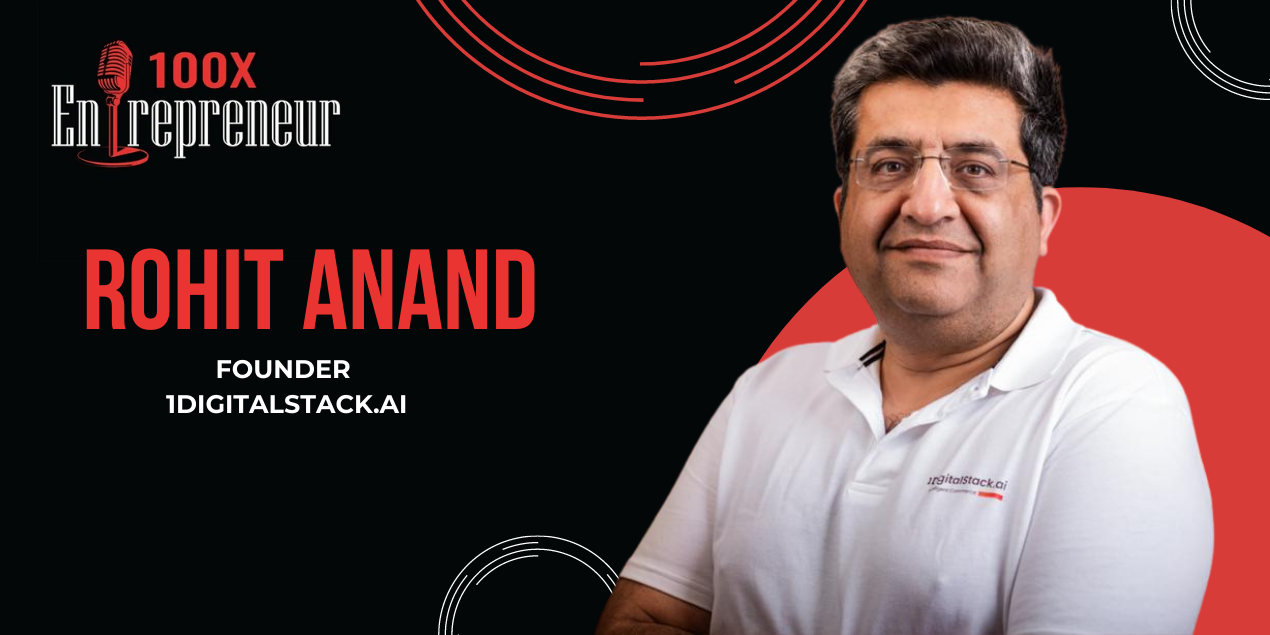[YS Learn] What late and mid-stage startups need to remember while seeking investment - an i-banker’s view
Kashyap Chanchani, Managing Partner, The RainMaker Group (TRMG), talks about what founders need to keep in mind while they are pitching to investors.
Every investor has a view about what they look for in a sector, a startup and its founder. If the startup is in the early stages, then the investors look more closely at the team. With startups in the later stages, they look for numbers, teams, markets and revenue, as these play a stronger role.
And though the pandemic may have shifted the focus towards certain sectors, many investors say that the basics are still the same. To give a macro perspective on what investors want and are expecting, Kashyap A Chanchani, Managing Partner, , opened up about the various aspects founders need to keep in mind while they are pitching to investors during these pandemic times.
An IIM Kozhikode alum, the investment banker has worked in senior managerial roles at Reliance Industries and Yes Bank. TRMG has made a name for itself as one of India’s top growth equity dealmakers in four years. It has advised the likes of , the logistics startup, for its growth equity round and Nearbuy’s fund raise from , as well as several others.
Edited excerpts from a conversation with YourStory:
YourStory [YS]: What is the market scenario like now and what are investors looking for in startups?
Kashyap A Chanchani [KC]: The drivers for investment today are significantly different at every stage even within the growth deals. If you look at the late stage companies today you will realise most of the funding is working in the background of a liquidity event.
The companies that are getting funded are a few years away from a listing and there is a predictable pattern and outcome. Most are equity growth investors, who cut two to maximum four cheques in India in their lifetime. Another factor that matters now in later stages as well, is the sector. In sectors like travel, hospitality etc., where there is a demand evaporation, investors are holding back.
At the moment, investors in the later stages are looking to get back returns within the next two years, and that is the main driver for investment decisions.
YS: What about the mid-stage growth companies?
KC: This is actually where all the action is. What people are chasing here is thematic play. For example, EdTech. There are near term tail winds, and the market has an acceleration due to the pandemic. The market will also concentrate on the prominent players in the space like - , , to name a few.
And depending on the team, the thesis the investor follows, numbers they see, and what they are comfortable with, the investor will put in their bets. They will also look at parallels in the global landscape of China, Southeast Asia, and if they see a company that is of high quality, they will put in their bets.
There are also commerce verticals and brands like , , , etc., these are digital first brands and in the vertical ecommerce space that is driving interest. And the reason for that is predictability of the outcome - these are companies that have good outcome, they can be profitable anytime, and the only conjecture is around valuation.
Apart from these, there are companies that are showing year-on-year growth and have a path to positive unit economics. They haven’t had to sacrifice numbers for growth. This is where companies in agritech, healthcare, and secured lending are some examples.

Kashyap A Chanchani, Managing Partner, The RainMaker Group (TRMG)
YS: How much does the founder personality matter in the later stages? What do investors look for in the founder?
KC: In the late stages what matters the most is the maturity and the ability to lead a team. They look for the founder’s ability to grow along with the business, as this is where most founders fumble. The zero to one stage, finding PMF, is different, and most founders have that drive and passion.
But with growth it is more about managing things, people, the baggage and politics that comes with that. The question then arises, are you able to make the transition? In the early stages you look for a flash of genius and brilliance, which the growth stage founders have already displayed.
Here the investor is looking at you and thinking, can I see this person as the CEO of a publicly listed company?
YS: What about the core and leadership team? How much does that matter in the later stages?
KC: The investment team then looks at leader’s ability to get along with most people in the team. Do they take good judgement calls? What do these new leaders think of the company? Do they believe in the vision and can they work towards it? Apart from looking at prior experience, track record, and background, the investors also want to see if the core leaders have enough skin in the game. Did they create a material outcome earlier?
YS: What do founders need to keep in mind while pitching during the later stages?
KC: The founder’s track record of delivering what they promised in the past becomes extremely critical. As an investor, the risk-return trade off starts to work differently in the later stages. In the early stages, they are trying to back mavericks, the risk automatically becomes higher. But in the later stages, the risk narrows, the returns become extremely important. Predictability becomes extremely critical.
Edited by Anju Narayanan






![[YS Learn] What late and mid-stage startups need to remember while seeking investment - an i-banker’s view](https://images.yourstory.com/cs/2/b87effd06a6611e9ad333f8a4777438f/Kashyap-1596621100250.png?mode=crop&crop=faces&ar=2:1?width=3840&q=75)



![[Startup Bharat] Y Combinator-backed BeWell Digital is enabling the digital transformation of radiologists](https://images.yourstory.com/cs/2/40d66ae0f37111eb854989d40ab39087/ImagesFrames31-1648033042143.png)


